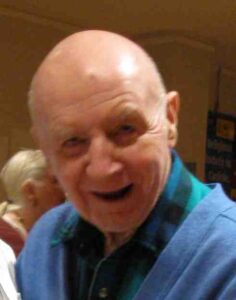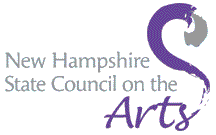Here ’tis, as I step boldly into cutting-edge 1990s technology—no RSS feed, no Twitter account, no Facebook, but a website, long in coming. When I retired from teaching, I thought, "Well, now I’ll have some extra time. I can probably get a website up and running by the fall." That was more than eight years ago.
Friends had been telling me for ages, "You need to have a website."
"Why?"
"You need one to get more calling gigs."
"I don’t know if I want more than I have right now. The calendar’s pretty full already."
"Well, people need to be able to find you."
"Seems like people who want to reach me are able to do so just fine without one." (And so on… best not to attempt in print an approximation of my attempts at a thick accent as I slipped ever more deeply and cheerfully into my role as a North Country curmudgeon.)
You need to know that we don’t have a telephone machine or a microwave, and the one television screen in the house can be used only for playing movies on DVD.




 I
I